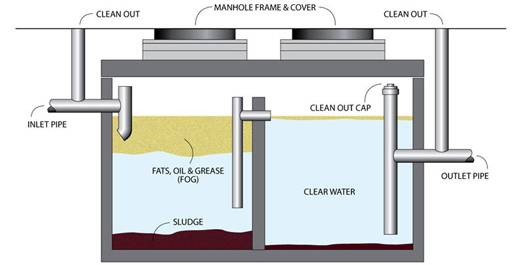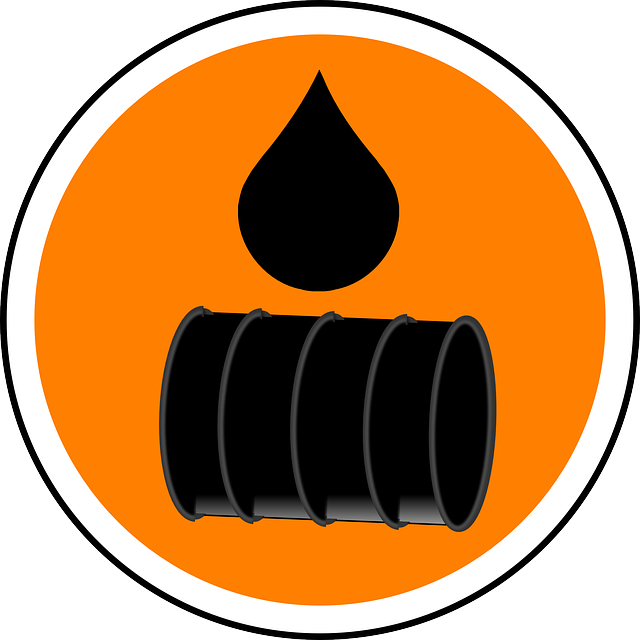Specialist Liquid Waste Removal Melbourne: Rapid and Affordable Solutions
Specialist Liquid Waste Removal Melbourne: Rapid and Affordable Solutions
Blog Article
Recognizing the Comprehensive Process of Liquid Garbage Disposal: Best Practices and Environmental Influence Considerations
The monitoring of fluid garbage disposal is a diverse concern that calls for an extensive understanding of different best methods and their linked environmental impacts. From the sorts of fluid waste produced to the methods used for collection, therapy, and last disposal, each step plays a critical function in protecting environments and public health. As governing criteria progress and innovation advances, the conversation around these processes becomes significantly essential. What ramifications do these adjustments hold for future sustainability efforts, and exactly how can stakeholders ensure that they are sufficiently resolved?
Kinds of Fluid Waste
Understanding the different kinds of liquid waste is necessary for effective administration and disposal techniques. Liquid waste can be extensively classified right into several types, each needing one-of-a-kind handling and treatment methods.
Industrial fluid waste frequently consists of hazardous materials, consisting of hefty metals, solvents, and chemicals, produced during making procedures. These wastes demand strict regulatory compliance to secure human wellness and the environment. Domestic liquid waste mainly describes wastewater created from houses, consisting of sewer and greywater, which, although much less toxic, can still posture substantial threats if incorrectly managed.
Agricultural fluid waste, consisting of drainage from ranches, frequently includes fertilizers and pesticides that can result in environmental deterioration if not treated effectively. Clinical fluid waste, produced from health care facilities, includes contaminated liquids such as physical fluids and chemicals, needing specialized disposal methods to avoid infection and environmental contamination.
Lastly, oil and oil waste, typically produced by dining establishments and auto sectors, can trigger serious blockages in sewer systems otherwise handled appropriately. Comprehending these classifications assists in targeted methods for treatment, compliance with guidelines, and efficient disposal methods, ultimately advertising ecological sustainability and public health safety and security.

Collection Approaches
Reliable collection methods are essential for the correct monitoring of liquid waste, ensuring that it is collected safely and successfully prior to treatment or disposal. Numerous methods are used relying on the type of fluid waste created, the volume, and the certain qualities of the waste.
One usual technique is making use of specialized collection tanks or sumps, which are created to capture liquid waste at the resource. These systems typically include pumps that assist in the transfer of waste to bigger storage containers or treatment centers. Additionally, mobile collection systems equipped with vacuum innovation are used in situations where waste is created periodically or in hard-to-reach locations.
For commercial setups, closed-loop systems can effectively lessen leaks and spills, enabling the recuperation and reuse of fluid waste. It is also crucial to train workers on appropriate collection methods to mitigate risks related to unsafe substances.
Furthermore, executing normal upkeep schedules for collection equipment guarantees optimum efficiency and safety and security. The integration of advanced tracking systems can improve collection effectiveness by giving real-time information on waste degrees and possible hazards. In general, efficient collection techniques are foundational to sustainable liquid waste administration methods.
Treatment Processes
Treatment processes play a crucial function in the administration of liquid waste, transforming potentially hazardous materials right into secure effluents or multiple-use sources - liquid waste disposal. These processes can be broadly classified right into physical, chemical, and organic techniques, each tailored to deal with specific contaminants existing in the waste stream
Physical therapy techniques, such as sedimentation and filtering, work by removing put on hold solids and particle matter. These techniques are often the first action in the therapy chain, efficiently decreasing the load on succeeding processes. Chemical treatments entail using reagents to neutralize hazardous substances, speed up heavy metals, or oxidize natural pollutants, thus enhancing the safety and security of the effluent.
Biological therapy processes, consisting of activated sludge systems and anaerobic food digestion, take advantage of the all-natural capabilities of bacteria to degrade raw material. These techniques are particularly efficient for wastewater having naturally degradable toxins. Advanced treatment innovations, such as membrane layer filtration and progressed oxidation procedures, are increasingly utilized to accomplish greater degrees of filtration.
Including a combination of these treatment techniques not just guarantees conformity with governing standards however likewise advertises ecological sustainability by recovering useful sources from fluid waste.
Disposal Options
How can organizations make sure the safe and responsible disposal of fluid waste? Reliable disposal options are important for guarding public health and the atmosphere. The main approaches consist of land therapy, disposal, and incineration adhered to by discharge right into metropolitan wastewater systems.
Land disposal involves the careful containment of liquid waste in designated land fills, guaranteeing that it does not leach into surrounding dirt or water. Incineration, on the other hand, subjects liquid waste to high temperatures, converting it into ash and gases, which require proper filtration to reduce discharges. This method is suitable for dangerous wastes that can not be treated through conventional ways.
In situations where liquid waste can be dealt with, organizations may select chemical or biological therapy procedures to reduce the effects of dangerous elements before discharging the dealt with effluent right into community systems. This route generally aligns with governing needs, making sure that the effluent meets safety criteria.
Eventually, organizations should carry out extensive assessments of each disposal alternative to establish its feasibility, thinking about factors such as waste make-up, regulative compliance, and possible dangers to health and the environment. By selecting appropriate disposal approaches, organizations can add to a responsible waste monitoring approach.
Environmental Impact
The environmental influence of fluid waste disposal is a critical consideration for organizations looking for to decrease their eco-friendly footprint. In addition, the discharge of neglected or inadequately dealt with waste into surface area waters additional hints can result in eutrophication, leading to oxygen deficiency and the succeeding death of fish and various other microorganisms.

To minimize these influences, companies have to take on ideal techniques such as applying strenuous waste therapy processes, promoting recycling and reuse, and adhering to regulatory criteria. By taking an aggressive strategy to liquid waste monitoring, entities can significantly reduce their environmental footprint while sustaining lasting development objectives. Eventually, an extensive understanding of the environmental influences related to liquid garbage disposal is crucial for notified decision-making and responsible stewardship of natural deposits.
Conclusion
Reliable administration of fluid waste is vital for securing environmental honesty and public health and wellness. By adopting ideal practices in collection, therapy, and disposal, together with adherence to governing requirements, the potential for unsafe contamination of ecological communities can be dramatically decreased. Continuous innovations in innovation and processes add to lasting waste management efforts. Eventually, an extensive understanding of fluid garbage disposal not only alleviates environmental effects but likewise cultivates a commitment to accountable source monitoring and environmental stewardship.
The management of fluid waste disposal is a diverse concern that calls for an extensive understanding of numerous ideal techniques and their linked environmental impacts. From the types of liquid waste generated to the methods utilized for collection, treatment, and final disposal, each step plays an essential duty in safeguarding ecosystems and public health and wellness.The environmental influence of fluid waste disposal is a critical consideration for organizations looking for to decrease their eco-friendly impact. Inevitably, a thorough understanding of the ecological effects connected with liquid waste disposal is important for informed decision-making webpage and responsible stewardship of all-natural sources.
Eventually, a detailed understanding of liquid waste disposal not only minimizes ecological influences yet additionally promotes a dedication to accountable resource management and ecological stewardship.
Report this page